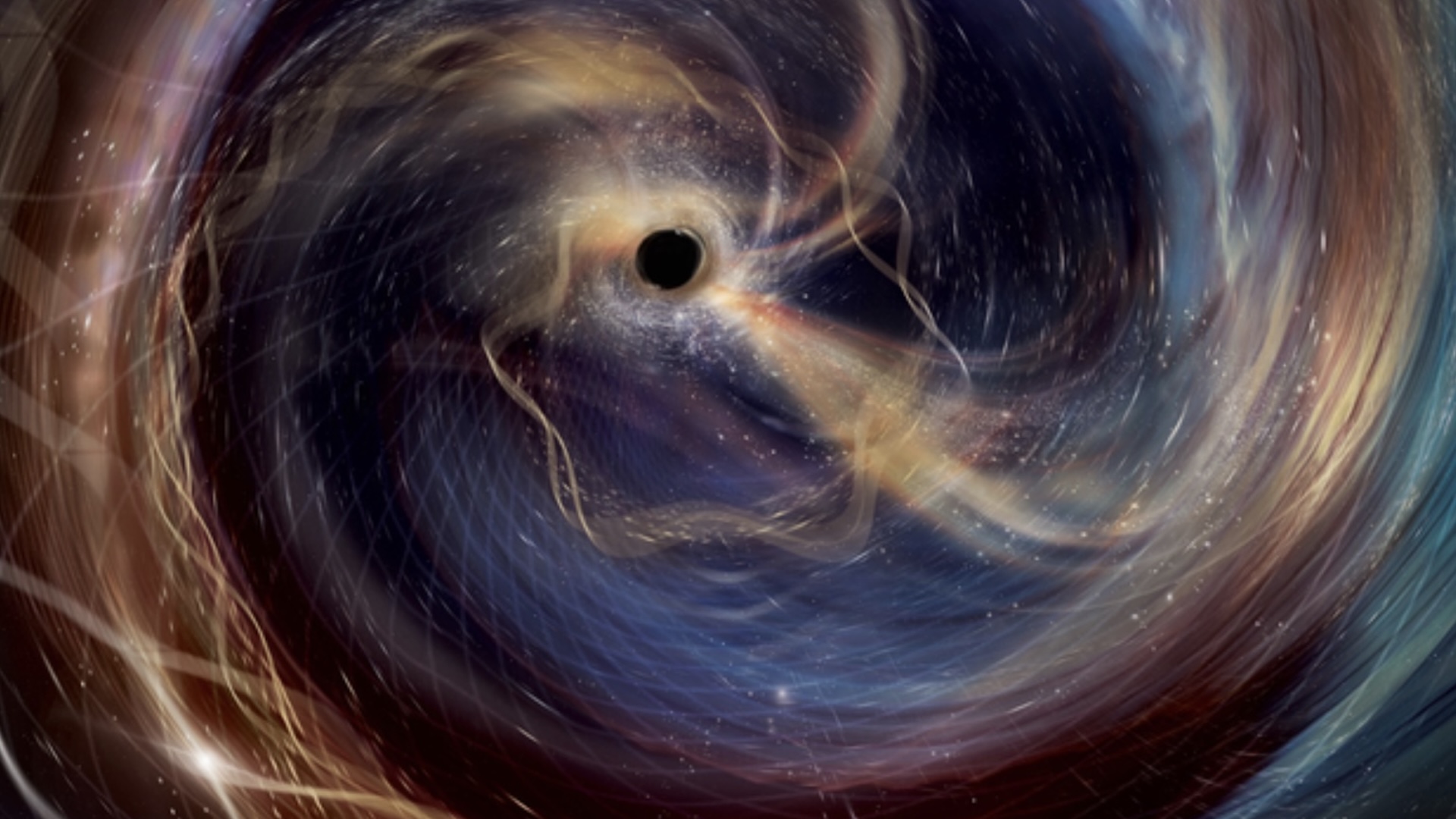Features
Latest Features

The James Webb telescope proves Einstein right, 8 times over — Space photo of the week
By Jamie Carter published
The James Webb Space Telescope's latest image shows eight spectacular examples of gravitational lensing, a phenomenon that Albert Einstein first predicted some 100 years ago.

Why do avocados turn brown so quickly — and are they OK to eat at that point?
By Dani Leviss published
Why do avocados turn brown in a flash? The answer is in the air.
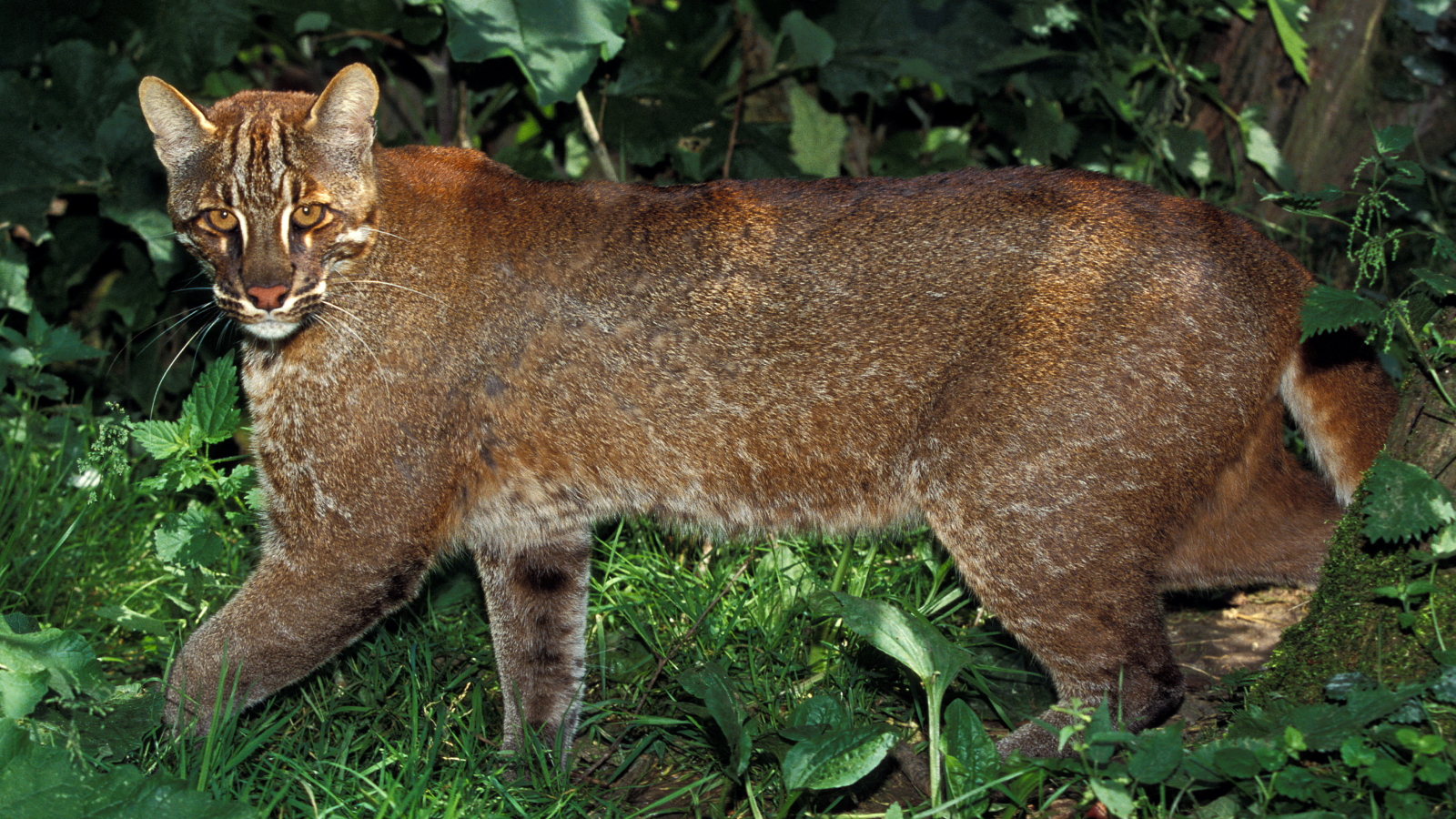
Asian golden cat: The 'feline of many costumes' that plucks birds before eating them
By Sascha Pare published
The Asian golden cat is an elusive creature endemic to South and Southeast Asia. It is known to take down prey much larger than itself, including buffalo calves, baby deer and small muntjacs.
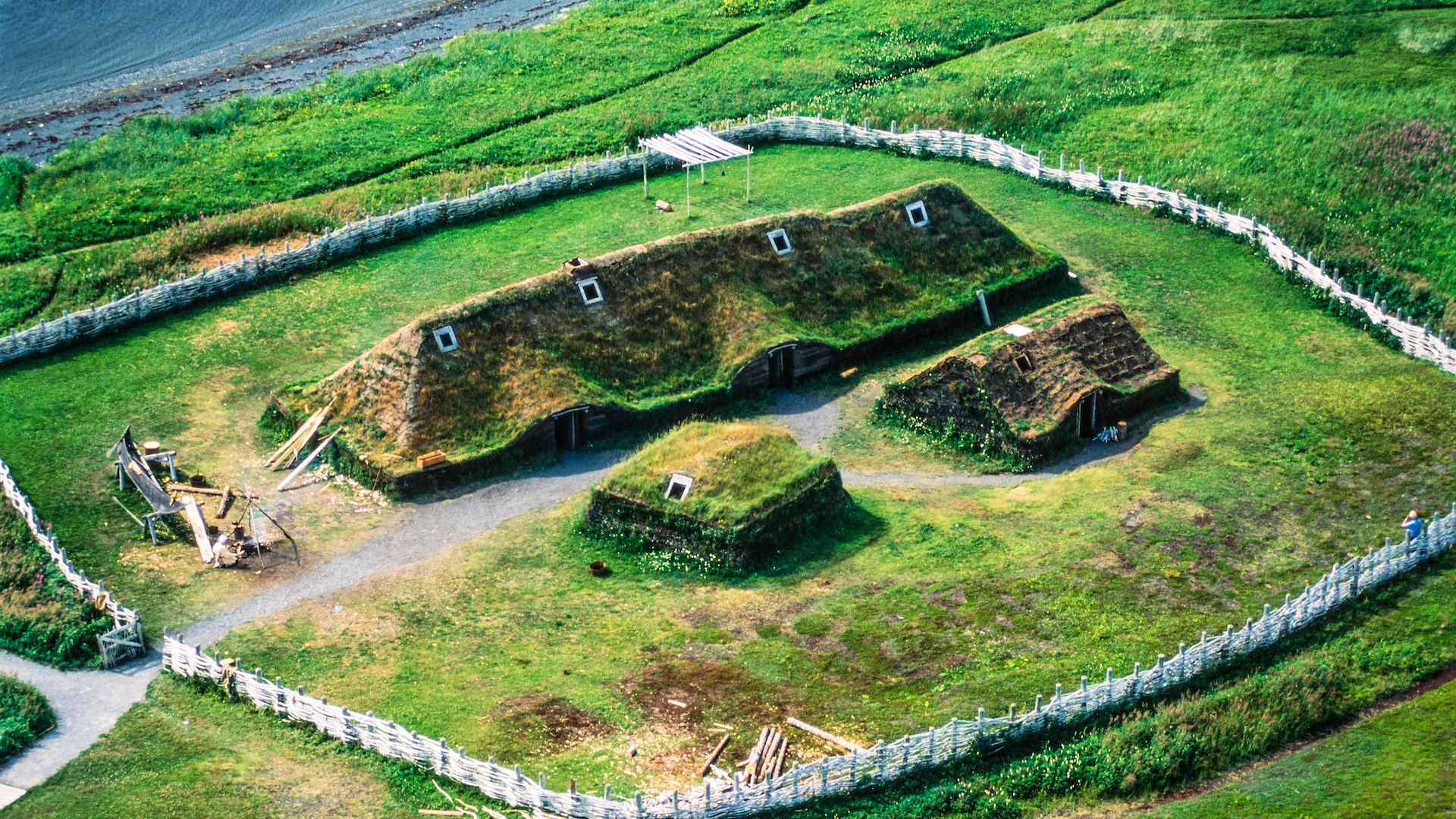
Who discovered America?
By Owen Jarus published
Christopher Columbus was far from the first person, and not even the first European, to reach the Americas.
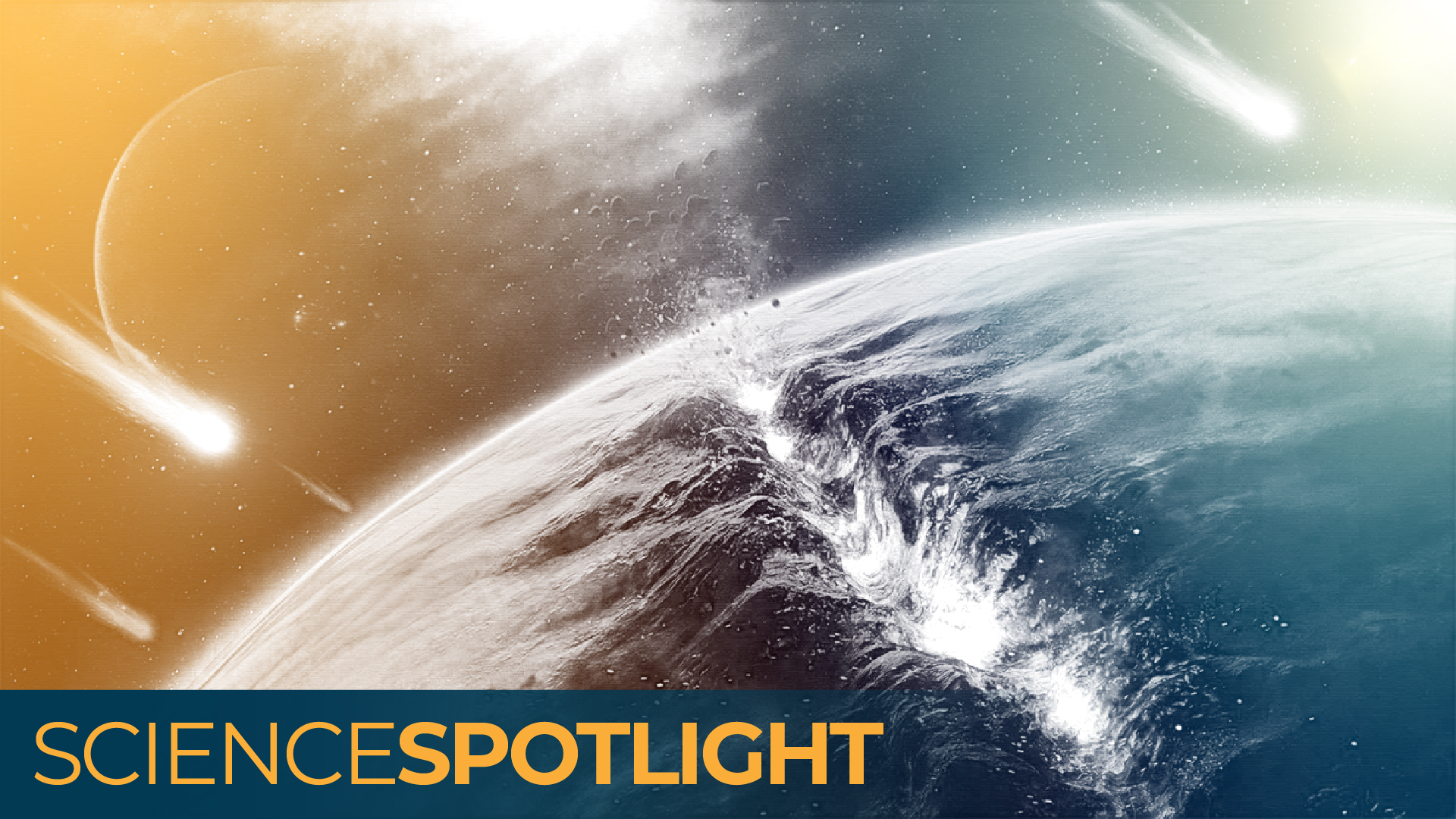
Plate tectonics may be why Earth has life — and the key to finding life elsewhere in the universe
By Stephanie Pappas published
Feature Emerging evidence suggests that plate tectonics, or the recycling of Earth's crust, may have begun much earlier than previously thought — and may be a big reason that our planet harbors life.

Scientists could soon create a 'universal antivenom.' But would it save lives?
By Payal Dhar published
A recent study hints that we could make a universal antivenom for snakebites, but some scientists say we need something else instead.
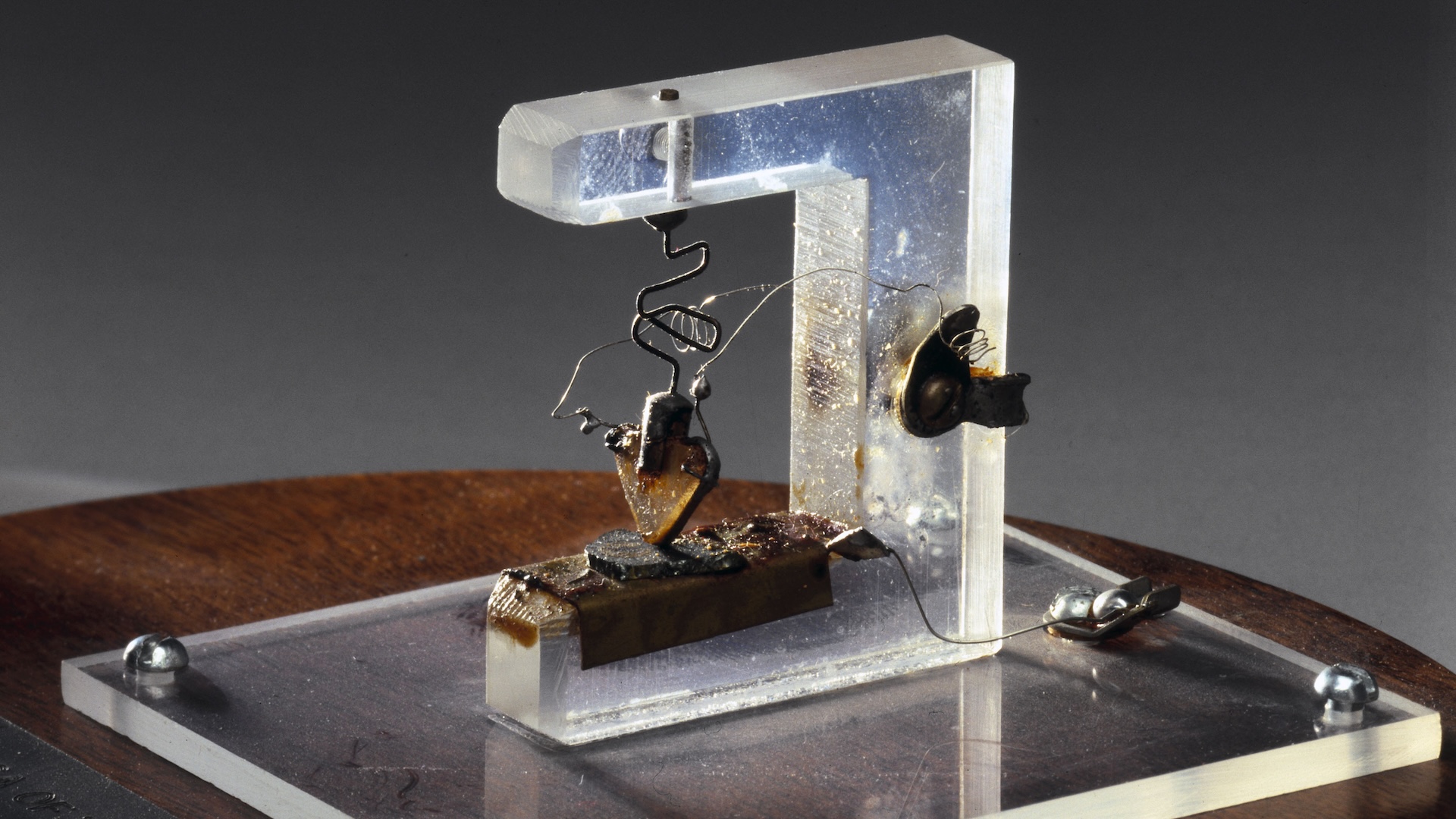
Science history: Invention of the transistor ushers in the computing era — Oct. 3, 1950
By Tia Ghose published
On Oct. 3, 1950, three Bell Labs scientists received a patent for a "three-electrode circuit element" that would usher in the transistor age and the era of modern computing.

4 reasons why you keep abandoning your fitness trackers (and how to stop them from happening again)
By Anna Gora published
References Why do so many of our smartwatches and smart rings end up collecting dust? Here's what science says about long-term fitness tracking.
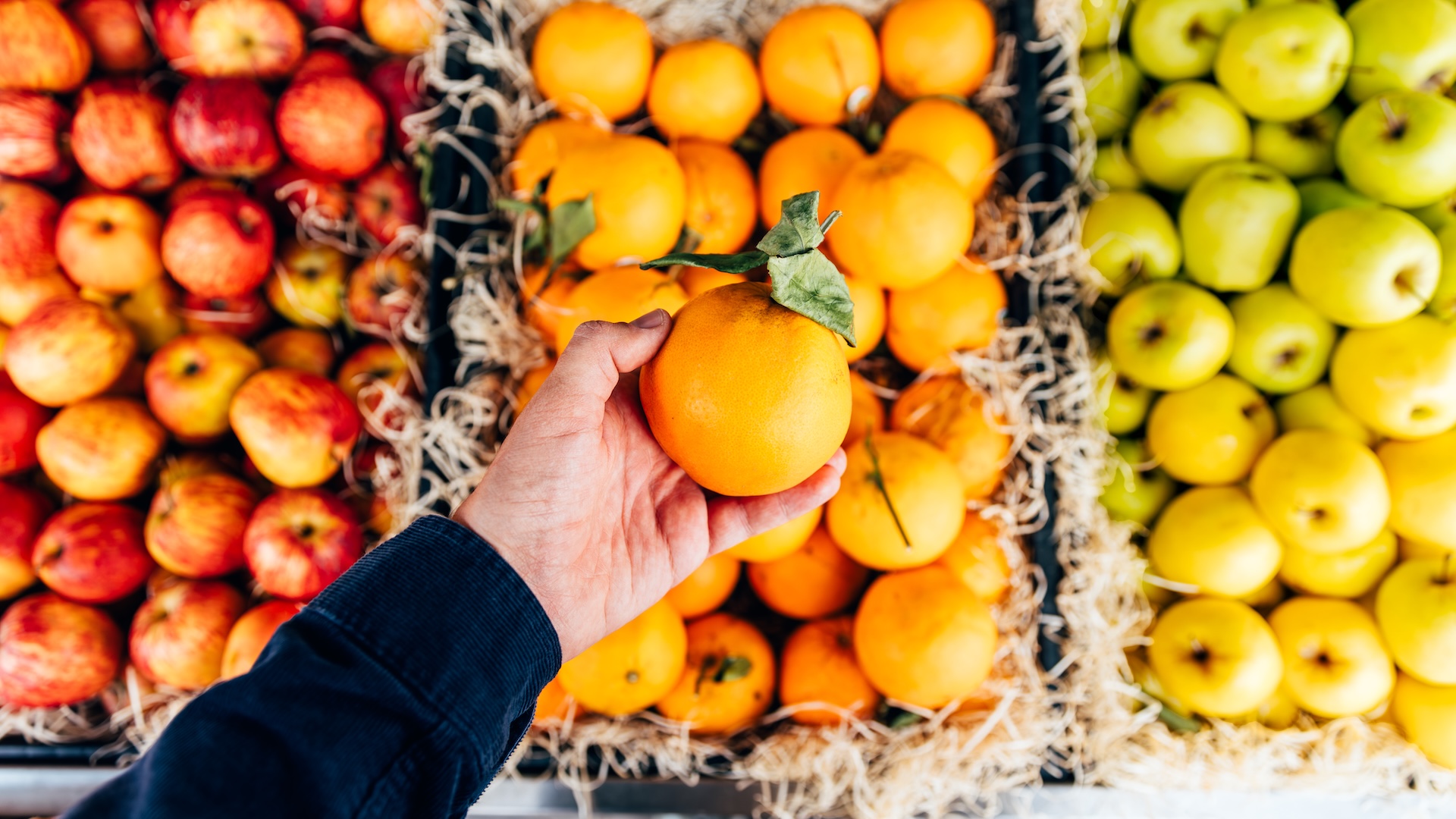
A woman got unusual bruising from a massage gun. It turned out she had scurvy.
By Anirban Mukhopadhyay published
A woman bruising her leg with a massage gun set off a medical odyssey that revealed scurvy, a disease seen fairly rarely in modern America.
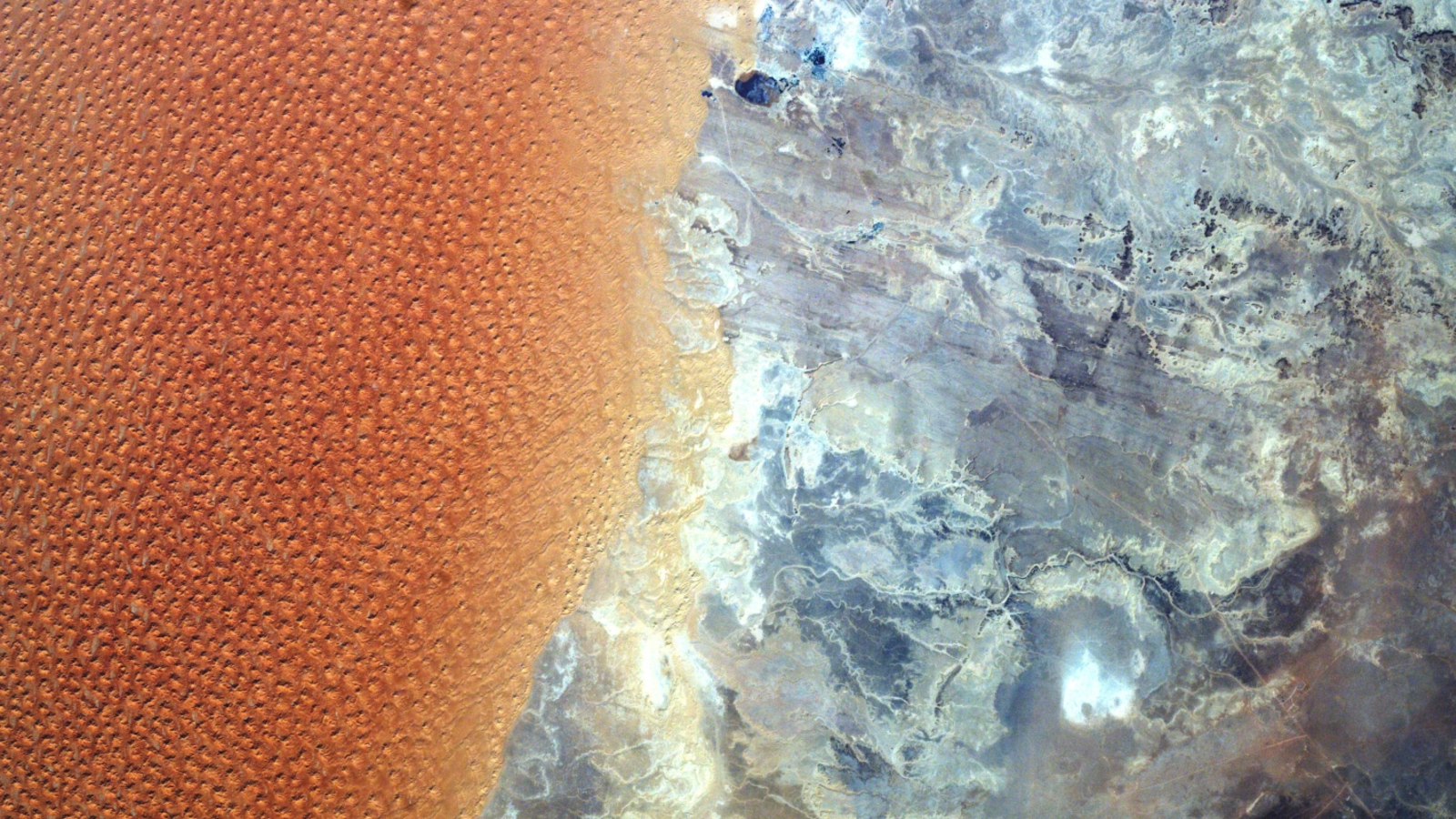
Sea of Saharan 'star dunes' clashes with otherworldly terrain where 2 countries meet
By Harry Baker published
Earth from space A 2017 satellite photo shows the stark contrast along the boundary between a giant field of golden "star dunes" and a barren rocky wilderness in the Sahara, which overlaps with an international border.
Get the world’s most fascinating discoveries delivered straight to your inbox.
